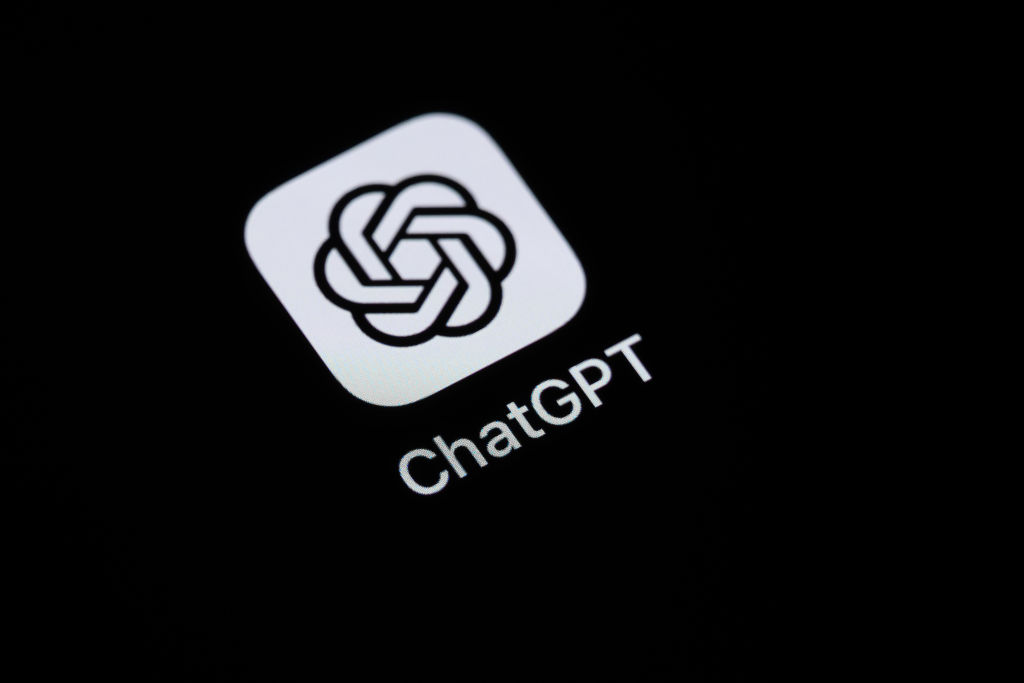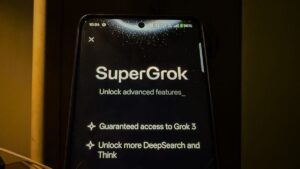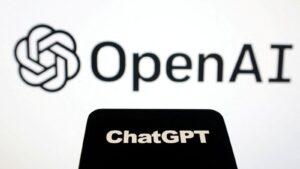New Trend: Performing ‘Reverse Location Searches’ with Photos Using ChatGPT

New Trend: Using ChatGPT to Identify Locations in Images
The use of AI tools like ChatGPT has recently inspired a notable activity: attempting to identify locations shown in photos. Leveraging new capabilities from OpenAI’s latest AI models, users are experimenting with ways to determine places just from visual clues.
Advanced Features of OpenAI’s New Models
OpenAI has unveiled two new models, o3 and o4-mini, which are particularly adept at analyzing images. These updated models can manipulate images—such as cropping, rotating, and zooming—allowing them to interpret even unclear or distorted pictures effectively. The integration of advanced reasoning with image understanding gives these models significant capabilities that appeal to users looking for more than just textual assistance.
How Users Are Engaging with the Technology
The social media platform X has seen an influx of posts where users share how o3 succeeds in recognizing city landmarks, restaurants, and more through subtle hints in the images. Individuals post various pictures, ranging from restaurant menus to architectural features, prompting the AI to act as if it is participating in “GeoGuessr,” an online game that challenges players to guess locations based on images from Google Street View.
Examples from Social Media
Many users are thrilled by these interactions, celebrating the AI’s impressive recognition skills. For instance:
- One user reported that an image taken in a library was accurately identified by o3 in just 20 seconds.
- Another illustrated the experience by sharing how o3 could determine the setting of a photo even without any clear context in the image.
These anecdotes highlight both the allure and efficient performance of the newly introduced features.
Privacy Concerns
While the ability of these models to identify locations can be fun and useful, it raises significant privacy issues. For instance, someone could potentially take a screenshot from a person’s social media story and use the AI to try to find their whereabouts. This risk emphasizes the need for careful consideration about how AI can be used and the ethical boundaries that need to be maintained.
Performance Compared to Previous Models
During comparisons between o3 and earlier models like GPT-4o, initial tests revealed intriguing results. Although GPT-4o was capable of delivering correct answers in many scenarios and was sometimes quicker, o3 occasionally succeeded where GPT-4o did not. For example, o3 identified a specific location—a hidden bar in Williamsburg—while the older model mistakenly suggested it was a U.K. pub.
Limitations and Challenges
However, o3 is not infallible; several tests showed that it occasionally faltered, providing incorrect locations or getting stuck in loops without reaching a conclusion. Users have also noted instances where the AI’s guesses were quite far from the actual locations.
The Need for Safeguards
This emerging trend highlights the necessity for robust safeguards within AI systems to prevent misuse. OpenAI has currently made some efforts to curb the risk of such privacy breaches. They claim to have implemented measures aimed at thwarting requests for private information and have added controls to prevent identifying private individuals in images.
Although the company has stated that they actively monitor for abuse of their policies, many users find there are still unresolved concerns regarding the potential for misuse of these advanced models.
OpenAI has been approached for additional comments on these issues to clarify their stance on privacy and safety surrounding their technological advancements.






